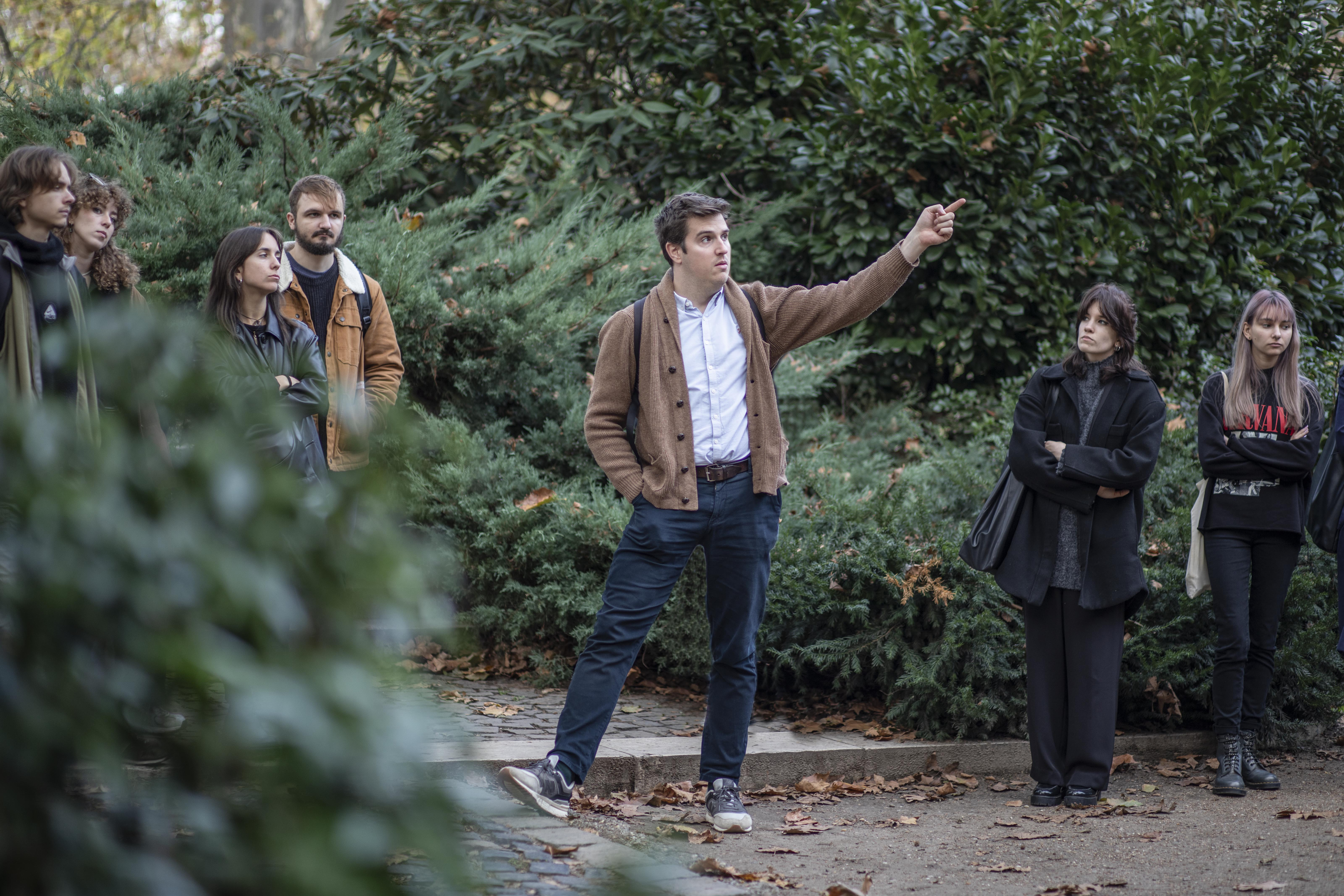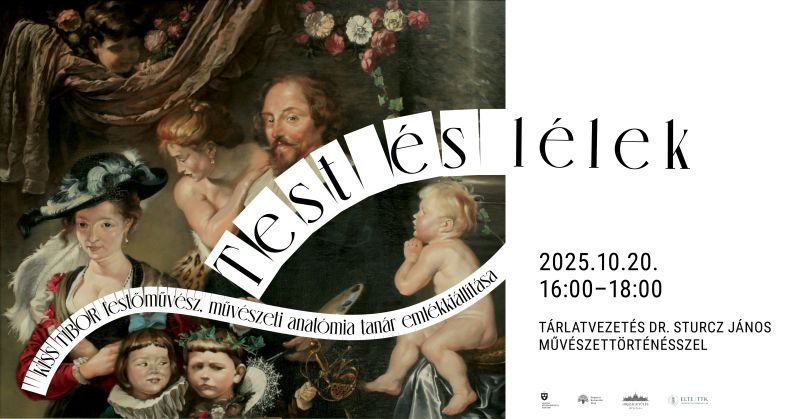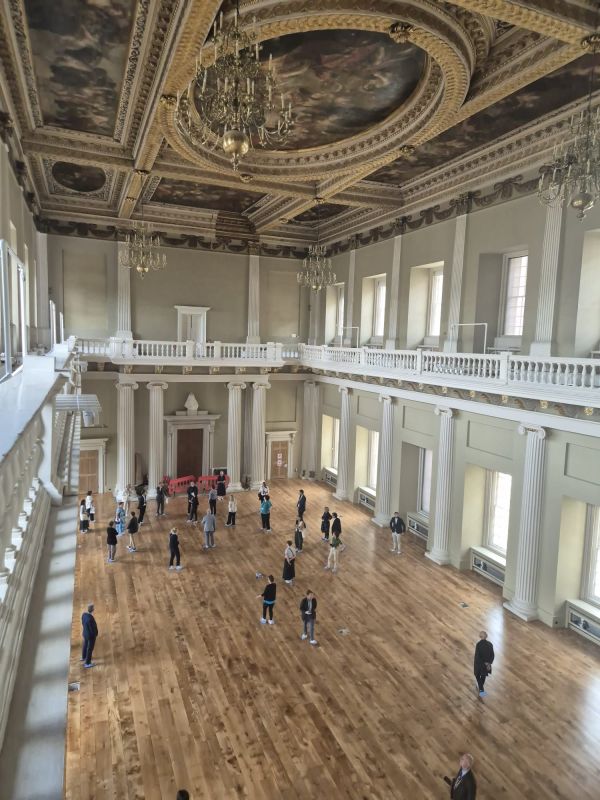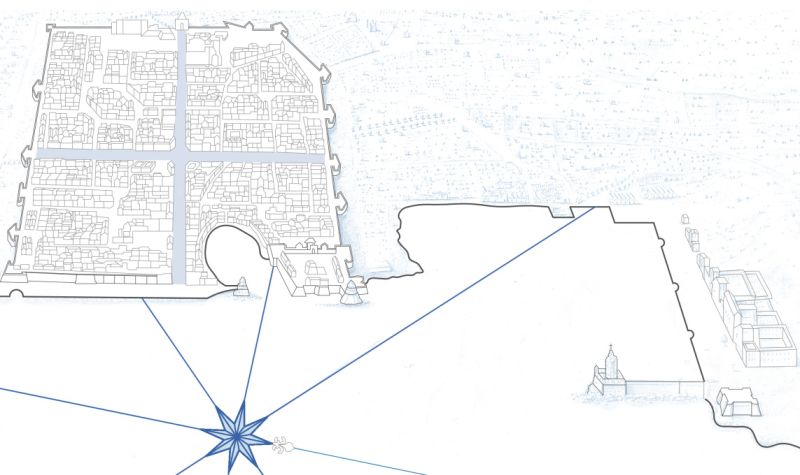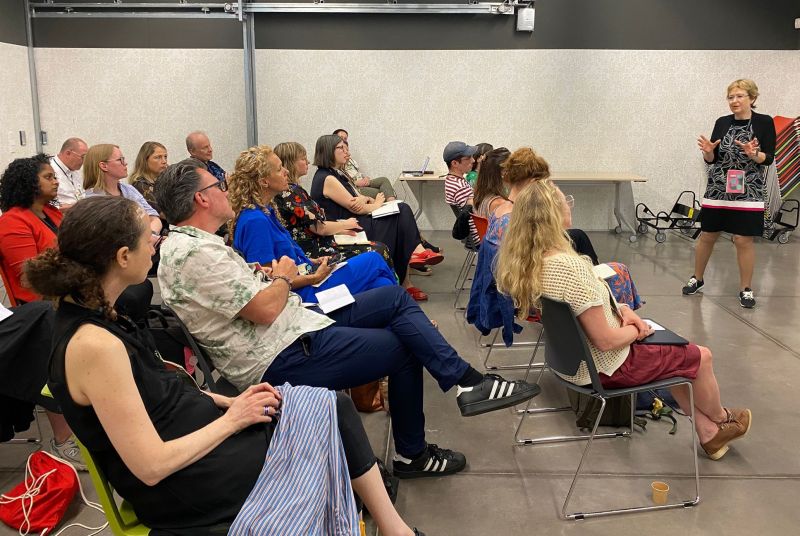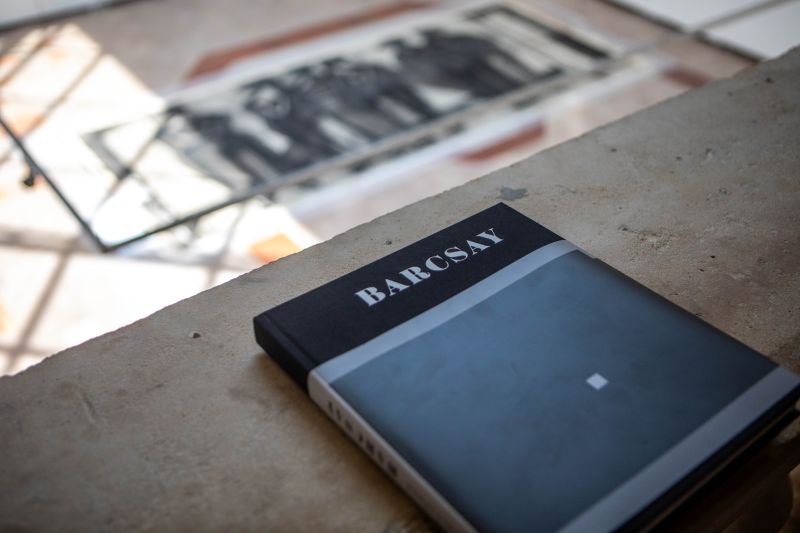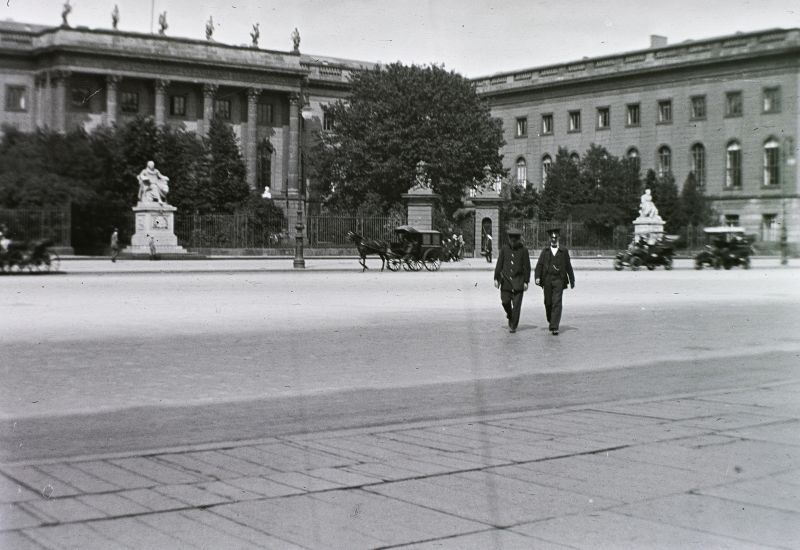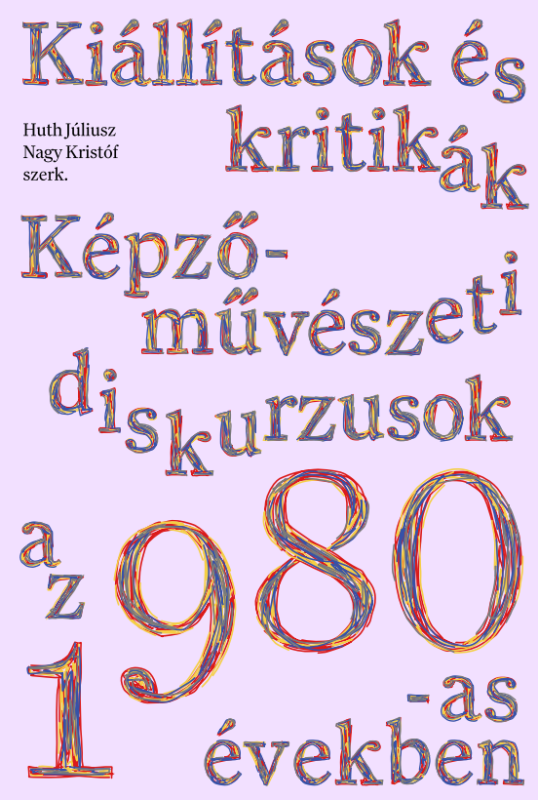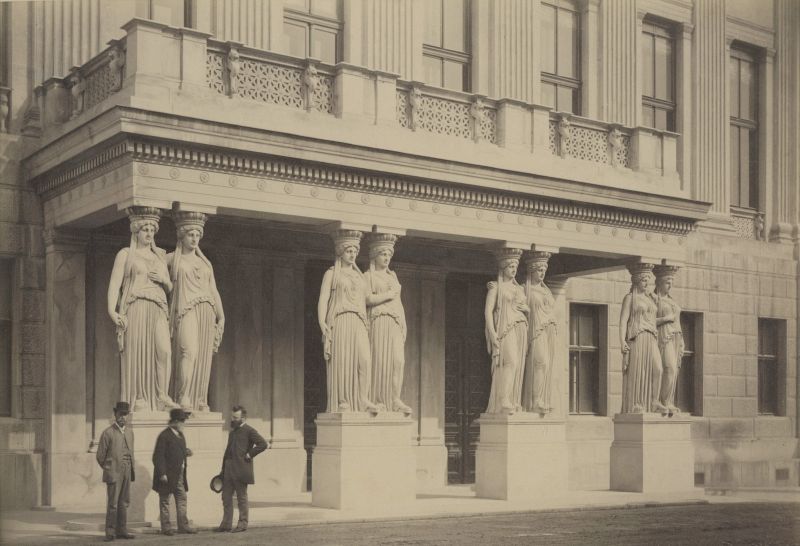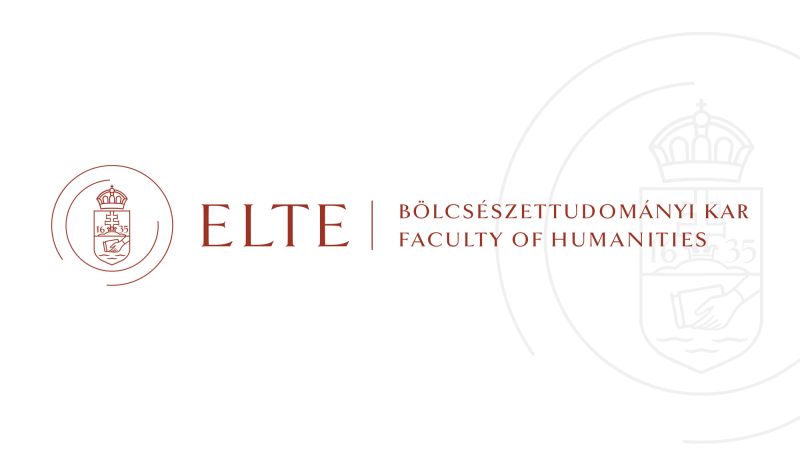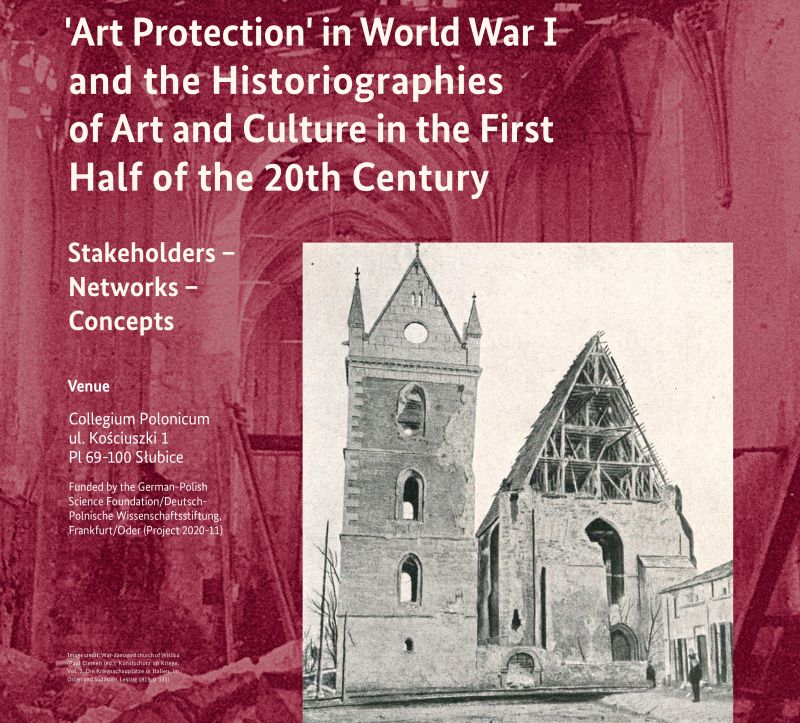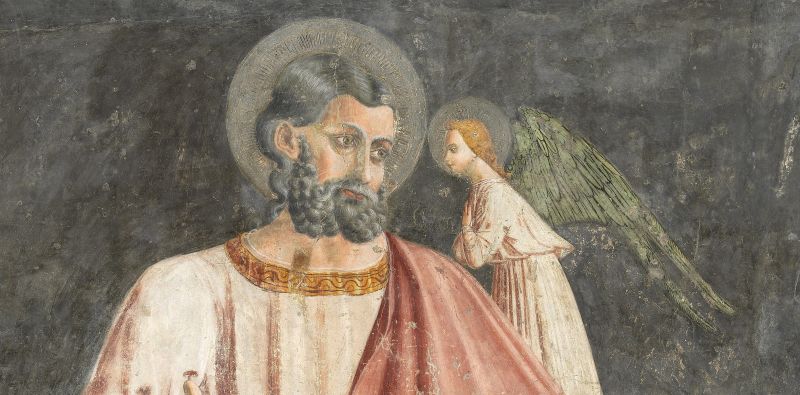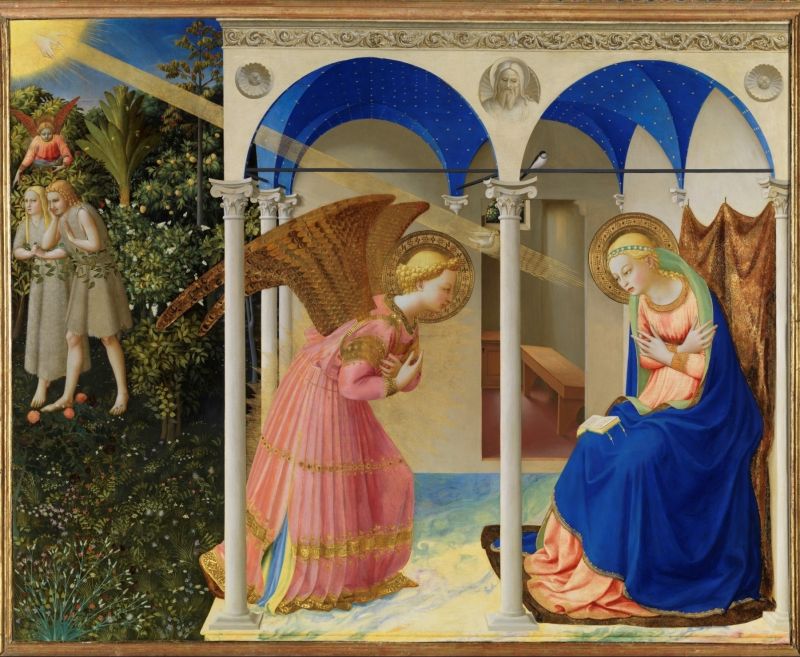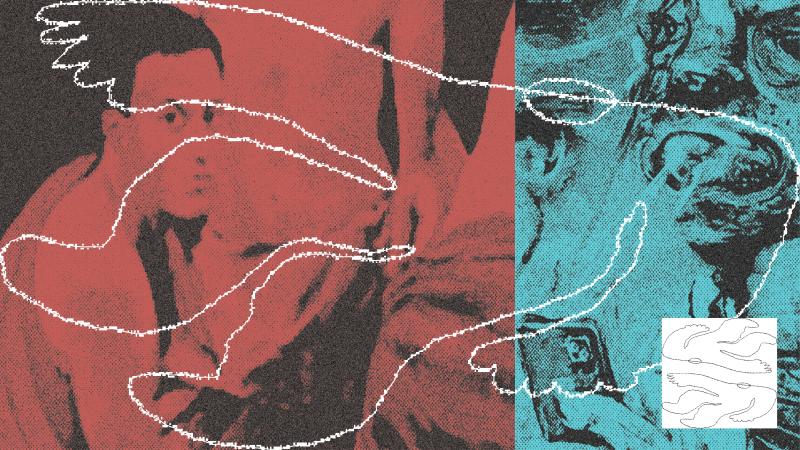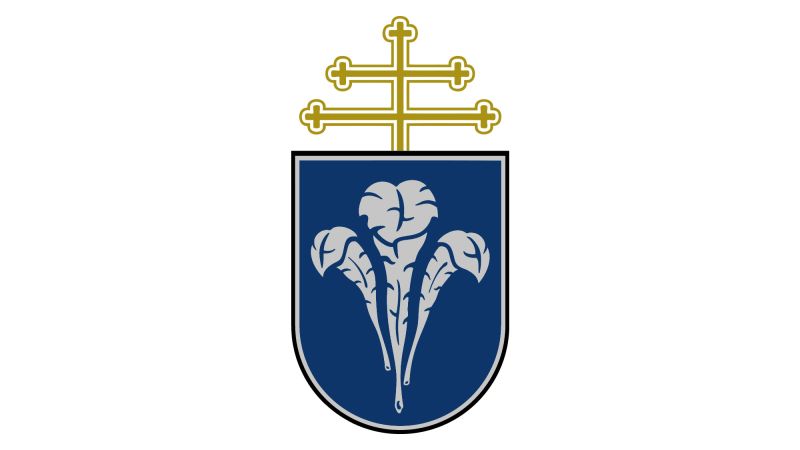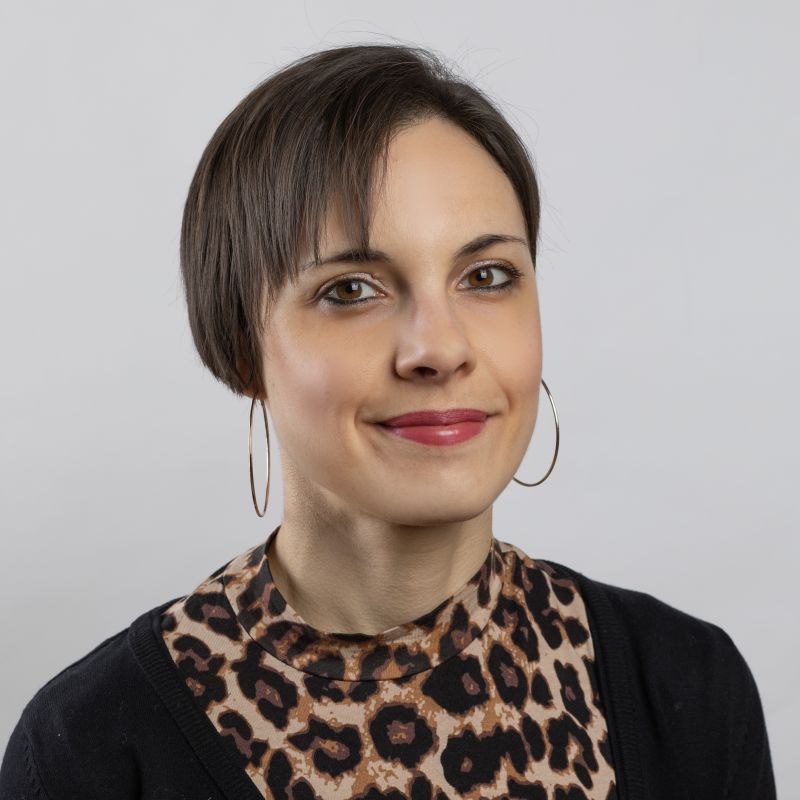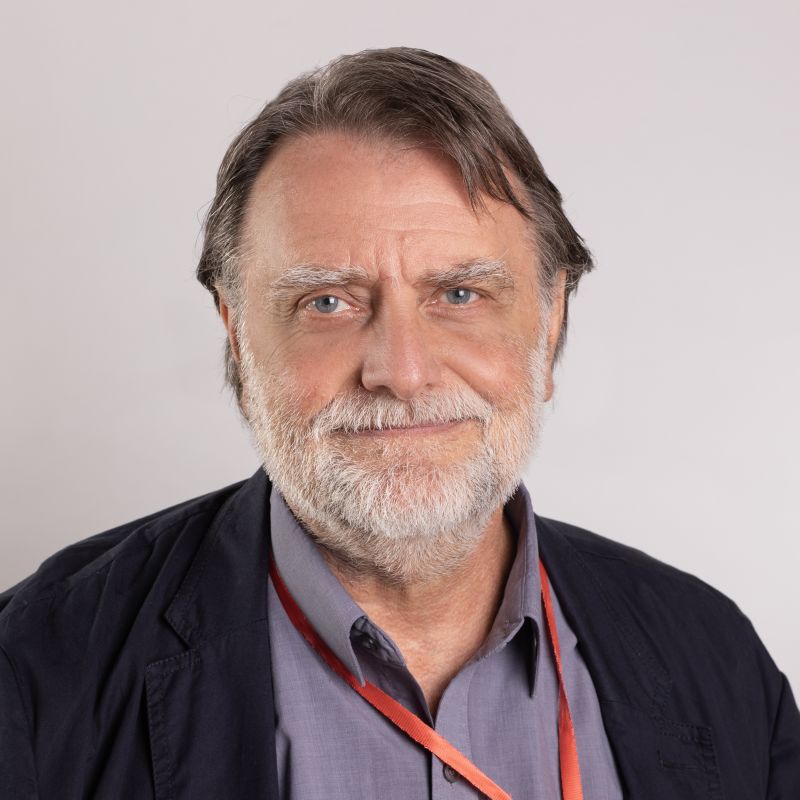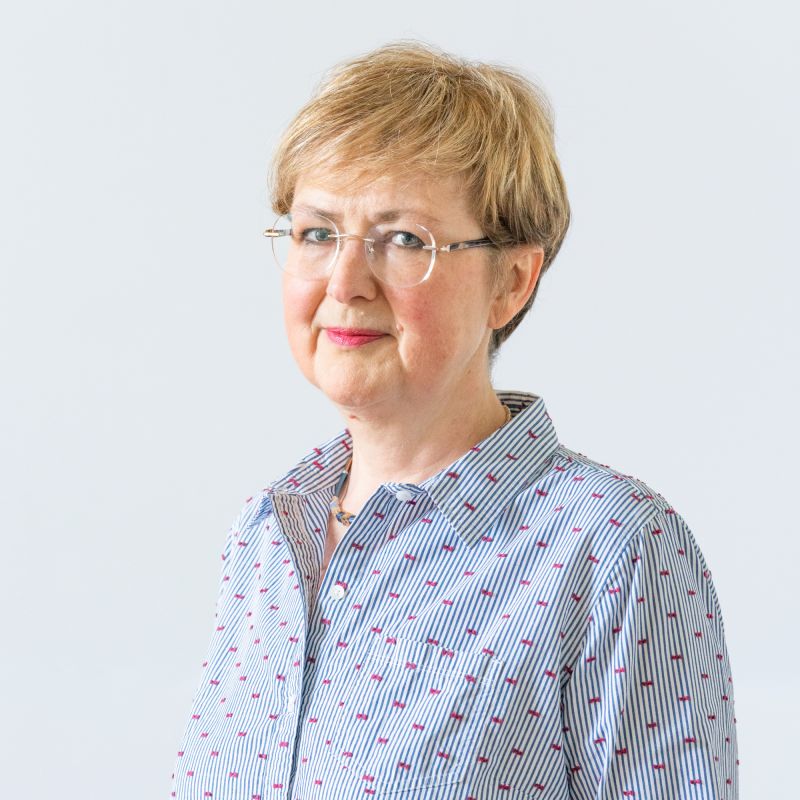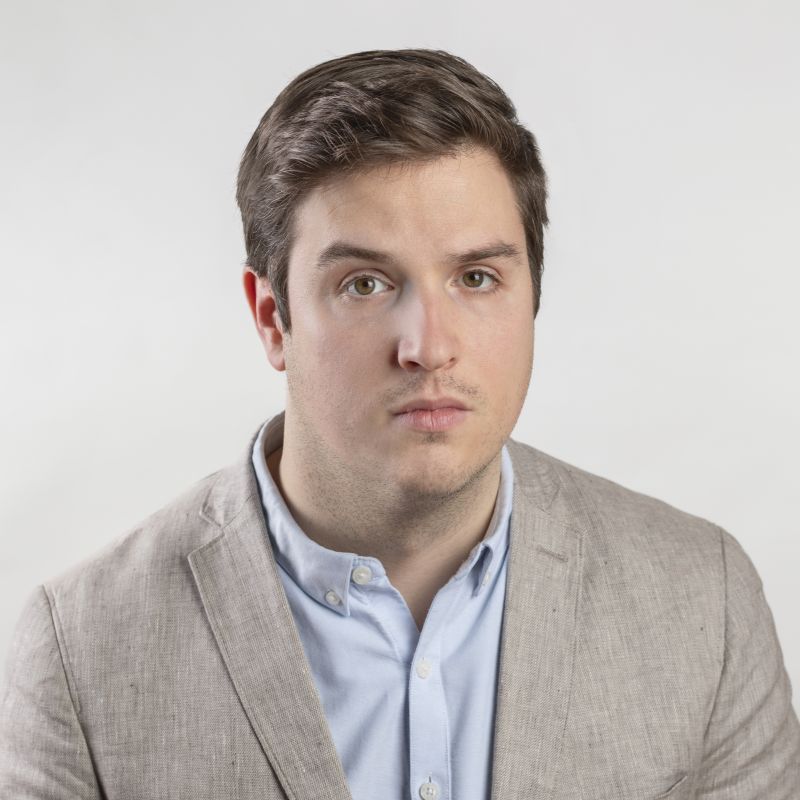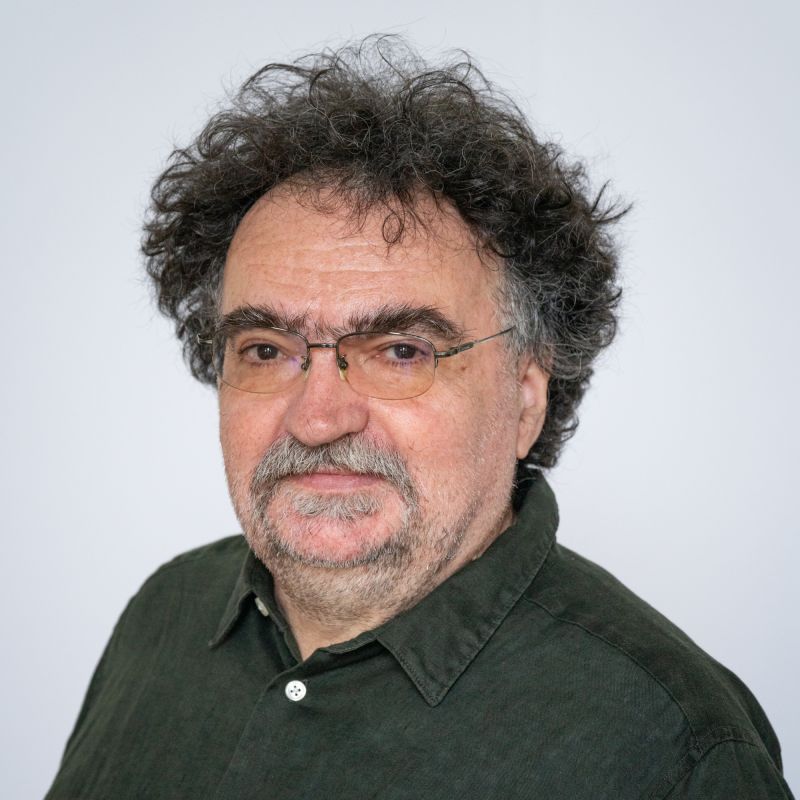General information
Art history is the most important theoretical training course for art students and the basis for their orientation and acquisition of knowledge in art. Art history is studied for the entire duration of their studies, i.e. for ten semesters. It is a comprehensive curriculum, designed to provide students with a systematic overview of the most important artistic processes, artists and stylistic developments of each period, from the beginnings of art to the present day.
The chronological structure of the curriculum is primarily justified by the historical nature of art, a complex system of interlocking and opposing changes of approach and stylistic tendencies, which this concept serves as a guiding principle. As the university also offers teacher training, the chronological teaching of art history is a reasonable requirement for preparing for a career as a teacher.
Main topics: content of the course
The first two years are rounded off by a final examination, which covers the material taught from prehistory to the Baroque period. In the first year, students will study the most wide-ranging subjects in four hours a week: Palaeolithic and Neolithic periods, Mesopotamia, Egypt, Aegean cultures, archaic and classical Greek art, Hellenistic, Etruscan and Roman art; then Early Christian, Byzantine, Early Medieval, Romanesque and Gothic art.
This will be followed in the second year by lectures on the Renaissance, the Renaissance in Hungary and Baroque art. Special colleges and seminars run in parallel with the lectures will provide a deeper insight into the different periods of art history. The latter encourage students to work individually and write independent papers.
The lectures in the third year analyse the art of the period from the second third of the 18th century to the end of the 19th century (Classicism, Romanticism, Realism, Impressionism, Symbolism, Post-Impressionism). The lectures will examine the philosophical, aesthetic and stylistic context of each artistic breakthrough, and will provide a monographic analysis of the work of the most prominent artists who have underpinned this concept, particularly since the period 2-3 (Goya, Manet, Cézanne). In the first half of the year, in addition to the main strand of French art in universal art, the work of Spanish (Goya), Italian (Canova), English (Füssli, Blake, Turner, Pre-Raphaelites) and German (Nazarenes, heroic landscape painters, Runge, Caspar David Friedrich) artists is given a prominent place, while in the second half of the year the focus is almost exclusively on the trends and masters of French painting, as in the 20th century. century modernism. The retrospective exhibitions and the catalogues published at the same time, which are held from time to time in the major metropolises of Europe, the United States and Canada (Blake, Turner, Corot, Daumier, Courbet, Gauguin, Redon, Cézanne), serve to update the material and incorporate the latest research findings (both semesters will include presentations of the Hungarian versions of the trends and their most important representatives).
Functional and conceptual considerations lead to four semesters devoted to 20th century art. The fourth year is devoted to the classical avant-garde, with a special emphasis on monographic study and in-depth analysis of the works of the artists of the period. In the fifth year, lectures will focus in particular on the categories (neo-avant-garde, postmodern), trends (abstract expressionism, colour field, pop art, nouveau realism, fluxus, hard edge, minimal, land, process, concept art), artistic phenomena (graffiti, women's art, post-conceptualism) and the intellectual problems behind them, and on the clarification of their meaning. It also provides a precise definition of concepts (gender), genres (happening, body art, action, performance, installation, computer-print, video-installation) and the motivations behind their creation. In the discussion of both classical avant-garde and post-modern art, the course will seek to explore the history of art from the sometimes polemical perspective of art history as it is influenced by recent intellectual movements (new art history, post-structuralism, feminism).
At the end of the last six semesters, i.e. at the end of the fifth year, students take a final examination to test their knowledge of art history since the end of the course (a colloquium is held at the end of each semester during the ten semesters).
Main research areas of the Department
Zoltán Fábián
- The private inscriptions of the Ramesside period and their implications for the history of religion, with special reference to the so-called "Khokha group"
- The excavation and publication of the tomb and funerary temple (TT 184) of the Theban governor Nefermenu (19th dynasty)
Ildikó Fehér
- Iconographic identification of 15th-17th century paintings restored at the MKE Conservation Department
- Exploration of the work of Johann Wollenhoffer, an unknown 18th-century painter who studied in Vienna
- Fresco painting in Perugia in the first decades of the 15th century as a continuation of the PhD thesis topic
Emese Révész
- The history and trends of graphic art in the 19th-20th centuries
- The history of modern book illustration and contemporary book illustration, with special reference to children's book illustration
- The history of the Hungarian University of Fine Arts (and its predecessor, the Hungarian College of Fine Arts)
- 19th-20th century Hungarian painting, with special reference to figurative tendencies
János Sturcz
- Contemporary Hungarian and international art, with particular reference to the activities of the younger generation and to contemporary sacral art and body art
